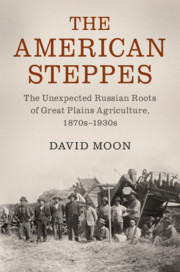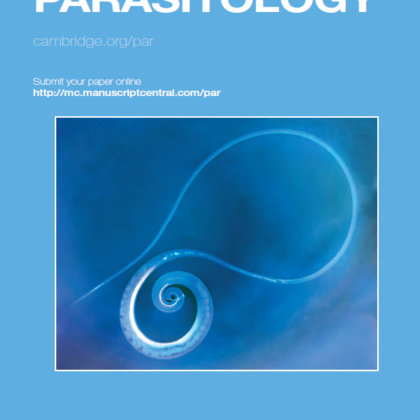When the United States learned from Russian expertise
In the current global health emergency many countries are turning in on themselves. Such a response in difficult times has not always been the case, and expertise to help has sometimes flowed in unexpected directions. In November 1933, as the Dust Bowl was starting to envelop the Great Plains of North America, scientists at the U.S. Department of Agriculture asked their Soviet counterparts for help. They invited two USDA scientists to visit the Soviet Union, where they learned about techniques to control soil erosion in the Russian (more accurately, Eurasian) steppes and deserts: regions the American scientists considered analogous to their Great Plains and deserts. The expedition was organized with help from leading Soviet scientist Nikolai Vavilov.
This was not an isolated episode. American and Russian/Soviet agricultural scientists had been in contact since the late nineteenth century (briefly interrupted by the 1917 revolution that transformed the tsarist empire into the Soviet state). Scientists exchanged seeds of useful plants, publications, and assisted each other on visits to their respective countries. Vavilov was returning hospitality extended to him in the United States. Back in the 1890s, two American scientists, Niels Hansen and Mark Carleton, traveled right across the steppes, from the south of modern Ukraine to the north of today’s Kazakhstan, in search of plants – including types of wheat – suitable for similar environments in the Great Plains.
American interest in plants from the steppes had been prompted by the arrival in the Great Plains in the 1870s of thousands of settlers from the Eurasian steppes. Accustomed to fertile, yet drought-prone and wind-swept grasslands, the seeds of crops and farming techniques they brought with them succeeded in the Great Plains in the dry 1890s when those of settlers from the eastern United States and Western Europe did not. Many of the settlers who arrived from the steppes were Germanic Mennonites, whose forebears had moved there from the Danzig region and whose descendants celebrate their contribution to the Kansas wheat industry to this day.
The United States benefited from further borrowings from the steppes. Modern soil science – essential for rational land management – was conceived by Russian scientists studying the fertile chernozem (black earth) of the steppes in the 1870s. By the 1930s, the U.S. Soil Survey had adopted the Russian conception and classified the soils of the Great Plains as “chernozem”. Over the nineteenth century, farmers and scientists in the steppes devised techniques to plant belts of trees to shelter fields from the wind. Planting shelterbelts, based partly on methods pioneered in the steppes, was used to combat the Dust Bowl in the Great Plains in the 1930s.
Outside crises, the American Great Plains and Eurasian steppes are two of the world’s largest wheat producing and exporting regions. The United States could learn from Russian expertise in growing grain in such conditions, because crop cultivation in the steppes began earlier.
But, this story of international collaboration has other aspects. The United States introduced a lot of plants before scientists appreciated the risk of invasive species. The tumbleweed that tumbles across the West of the imagination, but in reality does great damage, was accidentally imported with flax seed by immigrants from the steppes in the 1870s.
Both the Great Plains and steppes are settler colonies. Creating “breadbaskets” was achieved by displacing much of the indigenous populations and destroying their ways of life. Both colonizing states largely disregarded their local knowledge: Americans evidently valued the expertise of their Russian counterparts in the steppes ahead of that of Native Americans who had lived in the plains for generations.






